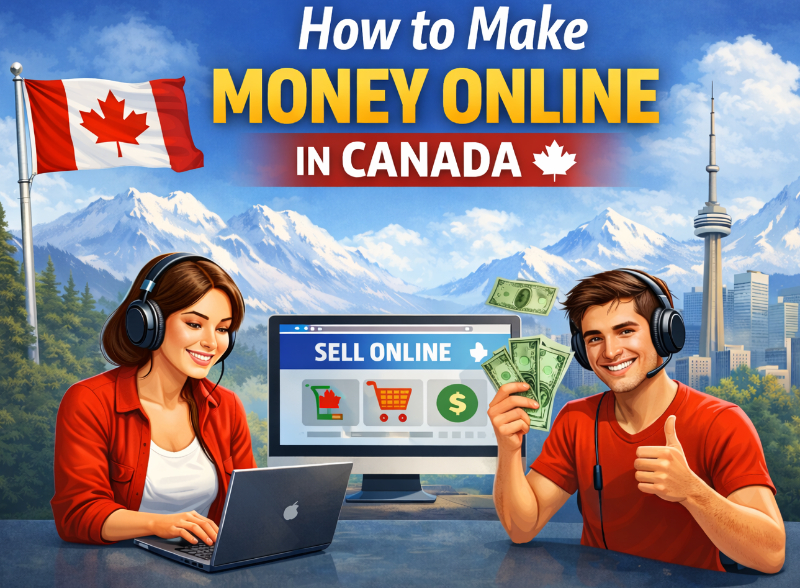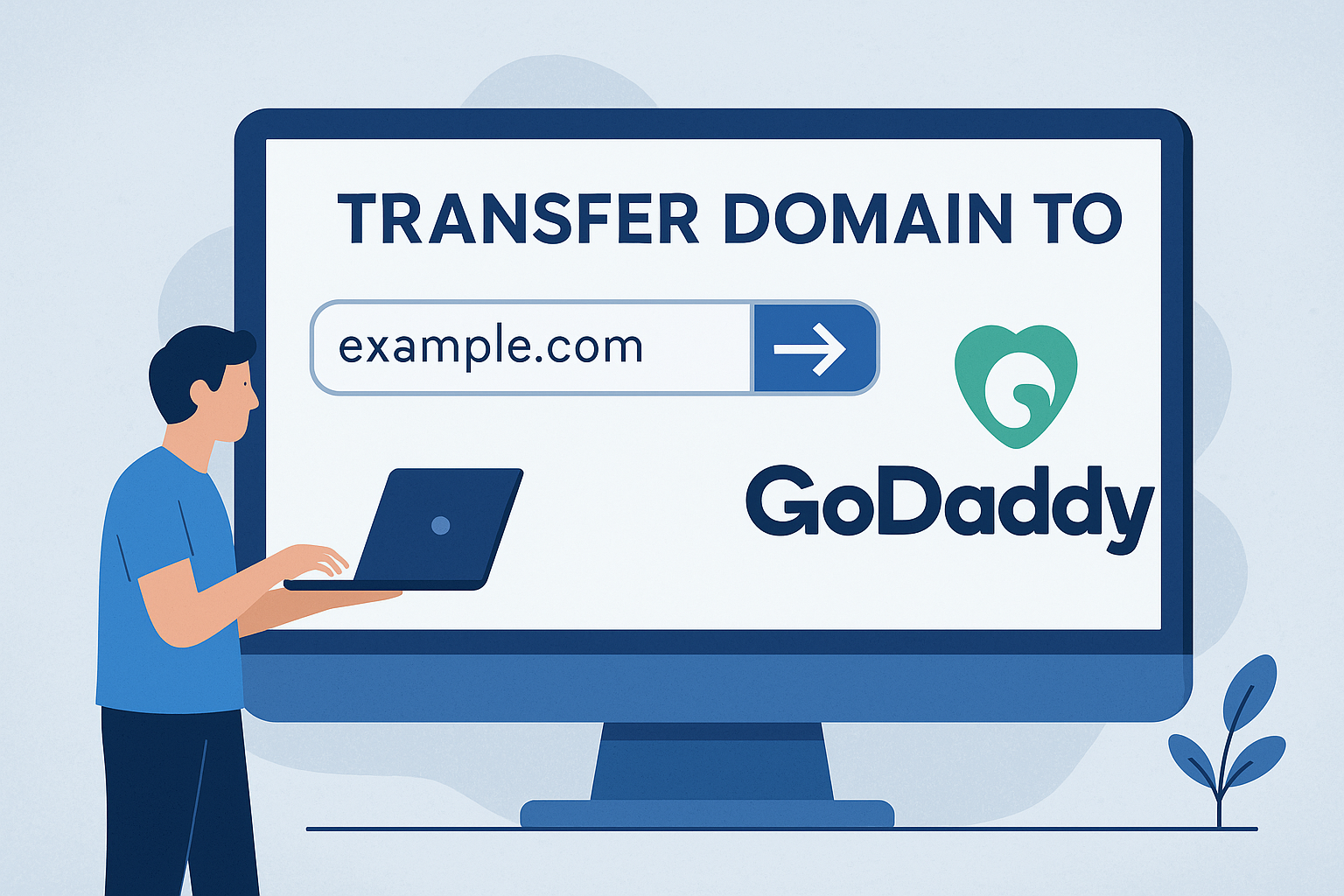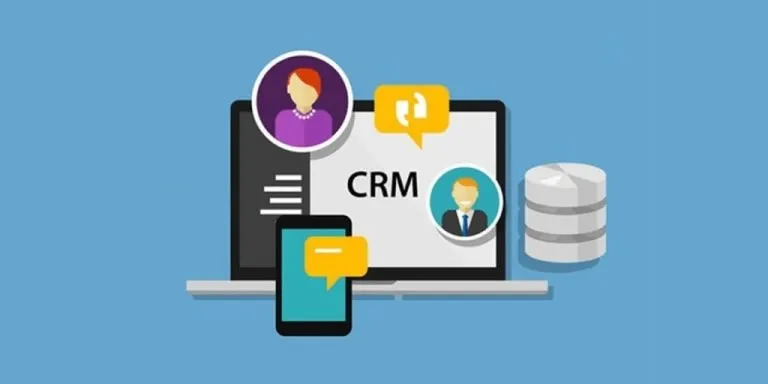Advertising disclosure
Hosting Canada is community-supported. We may earn a commission when you make a purchase through one of our links. Read Disclosure.
How to Make Your First Online Sale
 Selling a product or service online can be rather daunting, especially given all the competition you’d generally have to deal with.
Selling a product or service online can be rather daunting, especially given all the competition you’d generally have to deal with.
That being said, it’s actually not as scary as it seems, and a lot of sales rely on a set of tried and true methods that everybody seems to follow in some form or another.
As such, we’re going to try and demystify the process for you here and hopefully get you not only your first sale but also a strategy for selling products in the long run.
#1 Become Part of a Community
 One of the best ways to get off the ground in terms of your sales is to be personally involved in a community.
One of the best ways to get off the ground in terms of your sales is to be personally involved in a community.
By building relationships and a reputation within different communities, you not only add value to your brand but also build a user base of potential customers.
Since people will feel more comfortable with you and your knowledge, they’ll also feel more comfortable purchasing products or services from you.
There is a caveat though, which is to not just automatically enter a community and start trying to sell. Most online users can smell a pitch coming from miles away, and it will make you lose many potential customers. It might even completely brand you as an undesirable person to do business with because you don’t truly care about them.
As such, if you’re planning to go this route, you’re better off being part of said community and actively contributing to it for a while beforehand. Of course, that being said it is a time sink and one that maybe some sellers and stores cannot afford. As such, we’d definitely suggest pre-empting this by becoming part of a community before you start selling.
This will ensure that you can build up some interpersonal relationships and respect.
We should also mention at this point that this sort of technique works best with niche or specialized communities. This can work to your advantage, especially if you have a lot of knowledge in the niche or specialization you’re trying to sell in.
In fact, you might end up becoming a vault of knowledge for others, which will be great when you can suggest some of your products or services as a solution (without being too salesperson-like about it).
#2 Create Content
 Tied to the point above, creating a blog that’s attached to your website or online store is a must and the reason is pretty simple: It’s a great way to attract customers to your website.
Tied to the point above, creating a blog that’s attached to your website or online store is a must and the reason is pretty simple: It’s a great way to attract customers to your website.
This works even better if you can create blog posts that show a lot of knowledge or experience about the field you're working in.
The more knowledge, experience, and content you have in your blog posts, the more likely you are to rank higher. For example, you could have tips or tricks associated with your product that might make a customer’s life easier. Another example could be lists of different products you sell and which works best for different use cases.
On top of that, you can actually make a little bit of extra money on top with affiliate marketing. If your blog is already somewhat popular or regularly visited, you can create additional ‘added value’ content with affiliate marketing links inside of it. This way, you can work two angles: your own shop or services, and 3rd-party shops and services.
In fact, don’t forget about email marketing as a type of content either. You can even include some form of affiliate marketing through that as well.
That being said, we definitely suggest not doing too much affiliate marketing, because it might end up affecting your own brand awareness, or might even put people off. Not only that, but if they prefer the content of your affiliate’s blog, you might end up losing regular customers.
This is why we suggest picking affiliate marketing for products or services very far removed from yours. If you are still unsure what are some of the products you can make profit from, we made a short list of ecommerce products for you.
Above all though, one of the best parts of having a blog is that you can share those posts on your social media, which is important for funneling new customers into your site. That actually brings us to our next point...
#3 Keep Up With Social Media
So this section really falls under two parts: Your own efforts and the efforts of others.
Your Efforts
 In terms of your own efforts, it’s important to not only have a social media presence but also a social media strategy. That means that you have an overall plan of what kind of content you are going to be posting, and when.
In terms of your own efforts, it’s important to not only have a social media presence but also a social media strategy. That means that you have an overall plan of what kind of content you are going to be posting, and when.
While this is generally something you can handle yourself at the beginning, it’s probably a good idea to hire a specialist when you can afford them.
Of course, it’s also important to point out that different social media excel at different types of strategies.
For example, when it comes to Twitter or Reddit, they are treated more like communities. That means that the first point above applies here: you should try and contribute to it.
Say you sell men’s shoes, you can search up “cobbler” or “men’s shoes” on Twitter, and then give helpful advice when applicable. This will lead to people looking you up and finding your business.
Alternatively, looking at Reddit where it’s better to do long-form content, you could do a deep-dive on a particular topic. Even better, you can write the article on your blog and link to it on Reddit, so you’re hitting two birds with one stone, and if your domain name matches your topic/sales field, that’s pretty perfect!
Compare that to Instagram, which is more focused on a quick, straightforward post and isn’t really considered a community-building platform. Instagram is also pretty great if you’re targeting a younger audience since analysis shows that the younger generations tend to spend time on Instagram and Tik Tok.
Influencers
 Of course, one of the biggest things about social media is leveraging influencers to help you sell your product. In a way, this helps cut out all the leg work of building your own reputation in a community, and leverage somebody else’s.
Of course, one of the biggest things about social media is leveraging influencers to help you sell your product. In a way, this helps cut out all the leg work of building your own reputation in a community, and leverage somebody else’s.
Of course, this also has a couple of disadvantages.
The main issue you’re likely to run into is cost. Some influencers, depending on their size, can demand not only thousands of dollars but tens of thousands of dollars for one post. This can quickly price you out of most influencers, and even of some communities.
Not only that, but it’s directly cutting into your profits, so at some point, you may actually be spending more than you’re making, and it's obvious that you don't want this.
As such, it’s important to identify which influencers work for your size and who will give you the most bang for your buck. Truth is, even if you could afford an influencer with millions of followers, they’d likely crash your system because you aren’t prepared for it.
Therefore don’t feel bad about going with ‘smaller’ influencers, plus you can absolutely build a long-term relationship with them that will be beneficial to both of you.
#4 Google Ads
![]() Speaking of shelling money out for influencers, Google ads (and ad networks in general) can also be a great way to get people to your website and buying your product.
Speaking of shelling money out for influencers, Google ads (and ad networks in general) can also be a great way to get people to your website and buying your product.
Ads are one of the oldest methods of attracting people to spend money.
Given its massive reach and ability to target specific demographics, you tend to get a relatively great bang for your buck. Another great thing about Google Ads is that you can set the keywords you want to target, rather than having things predefined for you.
When you do, your ad will not only show up when those keywords are searched on Google but also on websites that run Google Ads. This is great because you can have people directed to you from a “best-buy” list or something similar, which already puts the site visitor in a buying mood.
Also, you’ll be happy to know that Google Ads offers a variety of different price points, so you don’t have to bet the farm. Generally, the options are either a text add, or an image ad with a photo of your product along with its price, similar to e-commerce platforms like Shopify.
We do want to put a disclaimer here though: You’re likely to have to experiment a little bit before hitting on a good formula, so don’t be scared off from trying a few different things. Alternatively, you could hire a freelance expert to do it for you, but that’s best left for when you’ve already made a few sales.
#5 Website and Media Analytics
![]() While not a direct way of making money, website and social media analytics are foundational for getting all the above points right.
While not a direct way of making money, website and social media analytics are foundational for getting all the above points right.
For example, you might find that your content tends to attract women under 30, in which case you might want to target any new content or even your product to that demographic.
Similarly, you might find that you’re having more click-throughs from Instagram rather than Twitter. It doesn’t mean you should abandon twitter but it does tell you where your priorities will lie.
So how do you get these metrics? Well, use Google Analytics. They’re free and easy to install on pretty much any website without issues.
The Bottom Line
If your start getting nice profit from your online business, you might want to step up your game, we have the perfect article for those interested in expanding their eCommerce store. We’d also mention that you should always keep a backup of at least your posts or even your whole blog. Generally, we think cloud storage tends to be the best, but you can do physical storage in a pinch or until you can get something better.
Nothing worse than losing all your posts and analytics after spending so much time and money on them.










